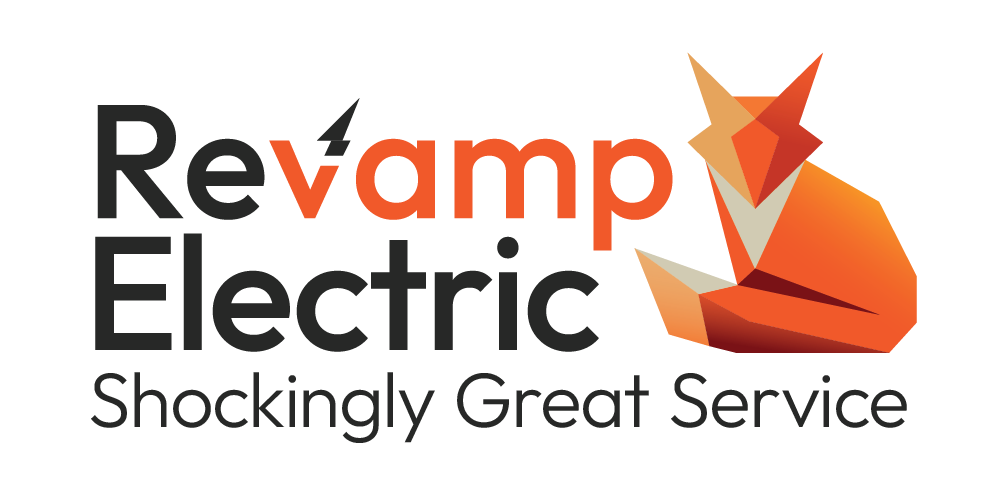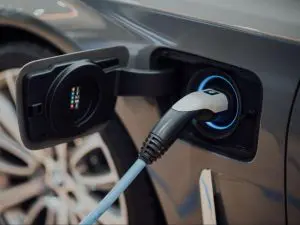Upgrading your commercial lighting system is one of the most effective ways to improve energy efficiency, enhance the workspace, and reduce long-term operating costs. Whether you’re retrofitting old fixtures or transitioning to LED technology, a well-planned lighting upgrade can transform your facility. To ensure a successful project, it’s essential to follow a systematic approach, from planning and design to installation and maintenance. Here’s everything you need to know to execute a commercial lighting upgrade.
Step 1: Assess Your Current Lighting System
- Before beginning any upgrades, conduct a thorough assessment of your existing lighting system.
- Evaluate Energy Usage:
- Analyze your energy bills to identify how much of your electricity costs are attributed to lighting.
- Determine the wattage and efficiency of your current fixtures.
- Inspect Lighting Conditions:
- Identify areas with insufficient lighting, such as dim hallways or poorly lit workspaces.
- Note areas where lighting is excessive, which could lead to unnecessary energy waste.
- Identify Maintenance Issues:
- Replace burnt-out bulbs and check for flickering lights or malfunctioning fixtures.
- Evaluate the costs associated with maintaining older fixtures, including frequent bulb replacements.
- Consider Occupant Feedback:
- Gather input from employees or tenants to identify problem areas, such as glare or uneven lighting.
- Evaluate Energy Usage:
Step 2: Set Goals for Your Lighting Upgrade
- Clearly define the objectives of your lighting upgrade to ensure the project meets your needs.
- Improve Energy Efficiency:
- Transitioning to LED fixtures can significantly reduce energy consumption, with LEDs using up to 75% less energy than traditional incandescent or fluorescent lights.
- Enhance Work Environment:
- Proper lighting improves visibility, productivity, and safety. Consider task-specific lighting for workspaces and softer, ambient lighting for common areas.
- Reduce Maintenance Costs:
- LED fixtures have a longer lifespan (up to 50,000 hours or more), reducing the frequency and cost of replacements.
- Meet Regulatory Standards:
- Ensure your lighting system complies with local building codes and energy efficiency regulations, such as those outlined by ENERGY STAR or LEED certifications.
- Incorporate Smart Technology:
- Add features like motion sensors, daylight harvesting, and programmable timers to optimize lighting performance and savings.
- Improve Energy Efficiency:
Step 3: Plan Your Lighting Design
- A well-thought-out lighting design is critical for achieving your upgrade goals.
- Map Out the Space:
- Create a floor plan of your facility, noting the location of existing fixtures, electrical outlets, and areas needing lighting adjustments.
- Select Lighting Types:
- Task Lighting: For focused areas like desks, assembly lines, or retail displays.
- Ambient Lighting: For general illumination in offices, hallways, and lobbies.
- Accent Lighting: To highlight architectural features, artwork, or merchandise.
- Determine Light Levels:
- Use lighting standards such as the Illuminating Engineering Society (IES) guidelines to calculate optimal light levels for each area.
- Choose Color Temperature:
- Warm Light (2700K-3000K): Ideal for hospitality or relaxation areas.
- Neutral Light (3500K-4100K): Suitable for offices and general spaces.
- Cool Light (5000K-6500K): Best for industrial and medical environments where clarity and precision are essential.
- Plan for Controls:
- Incorporate dimmers, occupancy sensors, or smart controls to increase flexibility and energy savings.
- Map Out the Space:
Step 4: Choose the Right Fixtures and Technology
- Select lighting solutions that meet your design and efficiency requirements.
- LED Technology:
- LEDs are the most energy-efficient and long-lasting option for commercial spaces. They offer a range of brightness levels, color temperatures, and styles.
- Retrofit Kits vs. New Fixtures:
- If your existing fixtures are compatible, retrofit kits allow you to upgrade to LEDs without replacing the entire fixture.
- For outdated or damaged fixtures, consider full replacements to ensure maximum performance.
- Smart Lighting Systems:
- Invest in IoT-enabled lighting systems that can be controlled remotely or integrated into your building’s automation system.
- Durable Fixtures:
- For industrial or outdoor areas, choose weather-resistant, impact-resistant fixtures designed for harsh conditions.
- LED Technology:
Step 5: Develop a Budget and Timeline
- According to our friends at Sun Bright LED Systems LLC, it is best to establish a realistic budget and timeline for your lighting upgrade.
- Calculate Costs:
- Include the price of fixtures, labor, retrofitting equipment, and potential electrical upgrades.
- Factor in rebates, tax incentives, or grants available for energy-efficient upgrades.
- Estimate Savings:
- Calculate the potential energy and maintenance savings from upgrading to efficient lighting.
- Use tools like the Department of Energy’s lighting cost calculator to project ROI.
- Set a Timeline:
- Plan for installation during off-hours or weekends to minimize disruptions to daily operations.
- Calculate Costs:
Step 6: Hire Qualified Professionals
- Work with experienced electricians or lighting contractors to ensure a smooth and safe installation.
- Consult a Lighting Designer:
- A professional lighting designer can create a customized plan tailored to your facility’s needs.
- Hire Licensed Electricians:
- Ensure compliance with electrical codes and safety standards by hiring certified professionals.
- Request Multiple Quotes:
- Get estimates from several contractors to compare pricing and services.
- Consult a Lighting Designer:
Step 7: Installation and Testing
- Once your plan is finalized, move forward with installation.
- Prepare the Space:
- Clear the installation area of furniture or equipment to provide easy access to fixtures.
- Shut off power to the work area for safety.
- Install Fixtures and Controls:
- Install new lighting fixtures, retrofit kits, and smart controls according to the design plan.
- Ensure proper wiring and placement for optimal performance.
- Test the System:
- Check each fixture and control for proper operation.
- Verify light levels, color temperatures, and coverage in all areas.
- Train Staff:
- Provide training on using new lighting controls and maintaining the upgraded system.
- Prepare the Space:
Step 8: Maintain Your Lighting System
- Proper maintenance ensures your lighting system remains efficient and functional for years.
- Regular Inspections:
- Check for burnt-out bulbs, flickering lights, or malfunctioning controls.
- Clean fixtures to prevent dust buildup that can reduce light output.
- Schedule Replacements:
- Replace components like sensors or ballasts as needed.
- Monitor LED performance to plan for replacements when they approach the end of their lifespan.
- Review Energy Usage:
- Monitor energy bills to ensure the system is delivering expected savings.
- Adjust controls or lighting schedules as needed to optimize efficiency.
- Regular Inspections:
Conclusion
A commercial lighting upgrade is a valuable investment that can improve energy efficiency, enhance productivity, and create a safer work environment. By carefully planning the project, selecting the right technology, and partnering with qualified professionals, you can achieve long-lasting results that benefit your business. Regular maintenance and smart usage will further extend the lifespan of your lighting system, maximizing your return on investment.



